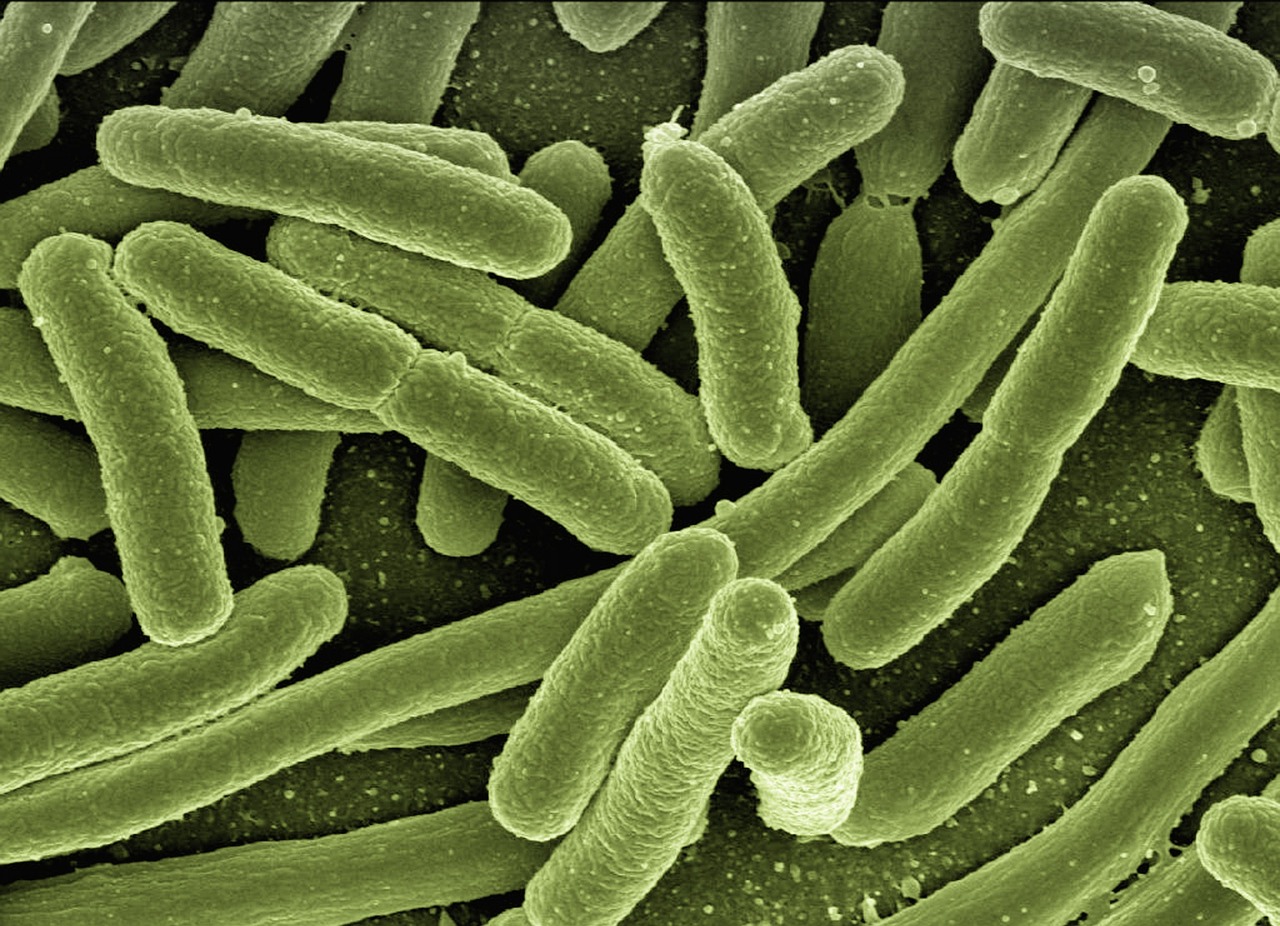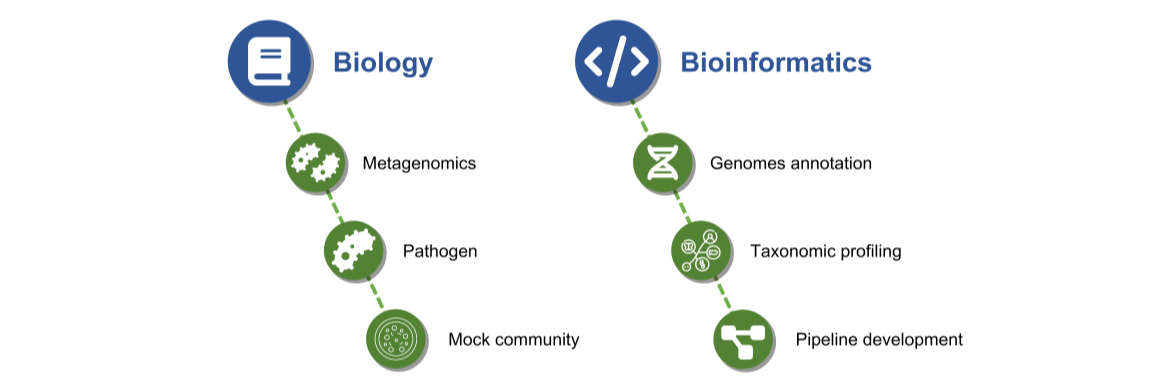Bacterial DNA enrichment to detect bacteria in an infected tissue
Optimizing DNA Enrichment for Accurate Pathogen Profiling
Metagenomic next-generation sequencing (mNGS) holds immense potential in revolutionizing infection diagnostics by enabling the rapid identification and characterization of pathogens, even those that are rare or hard to culture. However, its routine clinical application faces significant challenges, particularly the overwhelming presence of human DNA in tissue samples, which can obscure the detection of microbial DNA. We addressed these challenges by evaluating bacterial DNA enrichment methods to enhance the accuracy and sensitivity of bacterial detection and quantification in infected tissue models. This work is critical in advancing the precision of diagnostic tools and improving patient management.


To simulate real-world clinical conditions, we spiked pig muscle tissue with a controlled bacterial community and applied three DNA extraction protocols: one without bacterial DNA enrichment, a standard bacterial DNA enrichment kit, and a modified version of the enrichment protocol using alternative tissue solubilization techniques. The findings revealed that the modified protocol significantly improved the detection and quantification of bacterial DNA by enhancing the bacterial-to-host DNA ratio and reducing distortions in taxonomic profiling. While the standard enrichment process favored certain bacterial groups, the modified protocol delivered more accurate and balanced results, especially for frozen samples.
This underscores the importance of optimizing DNA extraction methods for mNGS to maximize its diagnostic potential. The modified enrichment protocol offers a promising approach to improving bacterial detection in tissue samples, bridging gaps in current diagnostic techniques. Future applications of this method could enhance diagnostics in infections involving hard-to-culture or low-abundance bacteria, ultimately contributing to better clinical outcomes.
For more information, see the published paper.

